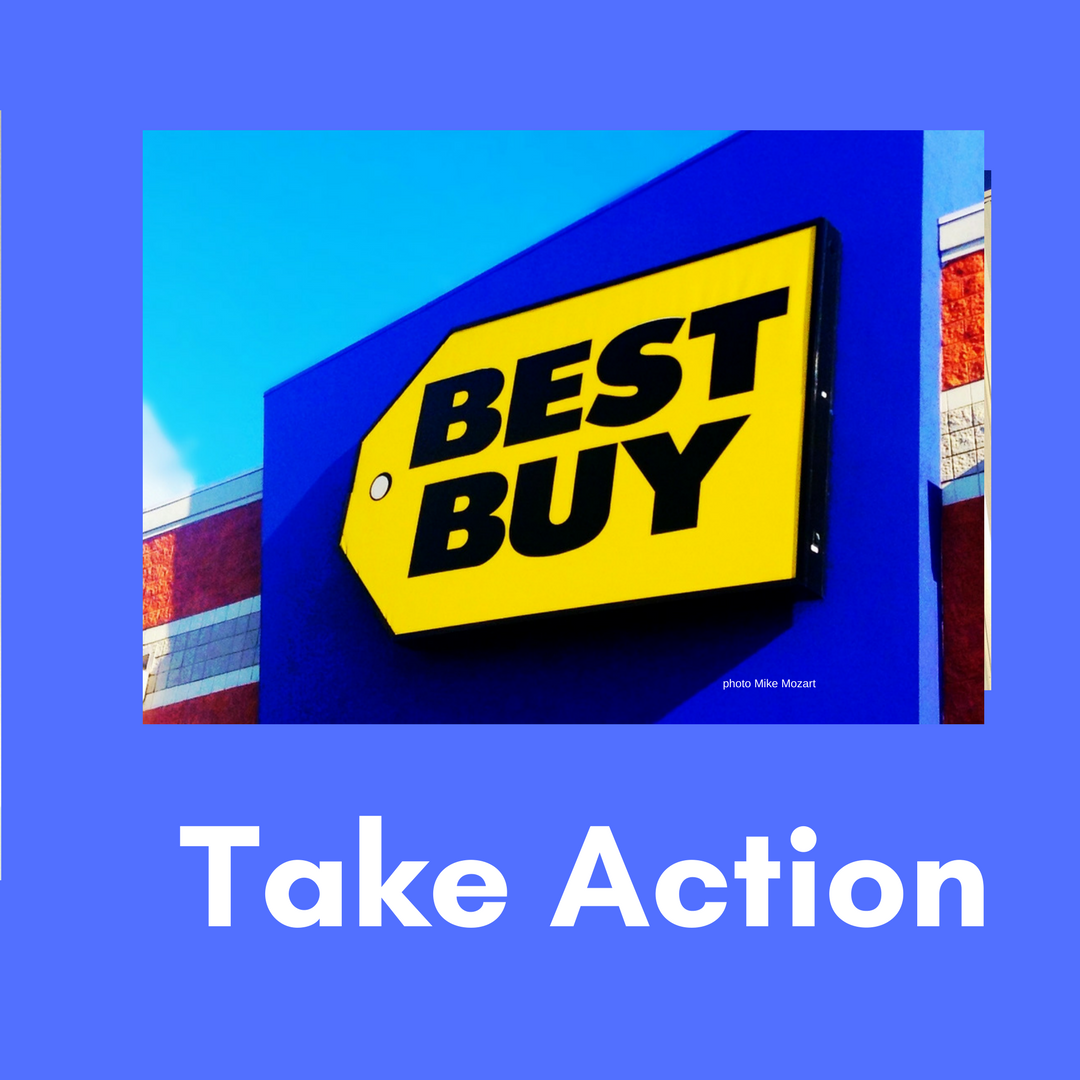Triclosan & Triclocarban: Toxic Soap = Toxic Waters
/The health and environmental hazards of triclosan and triclocarban were assessed using the GreenScreen® for Safer Chemicals, a globally recognized tool for comparative chemical hazard assessment. The GreenScreen assessment found that:
- Triclosan is a Benchmark 1 substance, a chemical to be avoided.
- Triclocarban is a Benchmark 2 substance, for which safer substitutes should be sought, because of very high aquatic toxicity.
The GreenScreen results are not surprising, considering that triclosan and triclocarban are all-purpose pollutants. Ninety-five percent of triclosan and triclocarban used in everyday products ends up down the drain, where they enter wastewater and are discharged into surface waters. Triclosan then forms toxic dioxins. A University of Minnesota study identified one lake in which seven triclosan breakdown chemicals made up more than 60 percent of its mass of dioxins.
Both chemicals are highly toxic to aquatic life and triclosan bioaccumulates in the aquatic food chain. Triclosan and triclocarban have been identified by the Minnesota Department of Health as emerging contaminants of concern in drinking water. According to Friends of the Mississippi River, these compounds have increased by 200-300% in the Mississippi River since the 1960s, with similar increases in Minnesota lakes.
Human exposure to triclosan is widespread. Seventy-five percent of Americans tested by the Centers for Disease Control and Prevention have triclosan in their urine. It is also detected in 97% of breast milk samples. Triclosan disrupts hormones in the human body and exposure has been linked to increased allergy susceptibility, reproductive problems, altered thyroid hormone and impaired muscle function. While there are data gaps on human health effects of triclocarban, there is strong evidence of toxicity to aquatic organisms. An additional concern is the contribution of these chemicals to the growing problem of antibiotic resistance from the overuse of antibacterials.
While antibacterials are often necessary in health care settings, there is no evidence that they are effective in everyday consumer use. The U.S. Food & Drug Administration notes “FDA has not received evidence that triclosan provides an extra benefit to health. At this time, the agency does not have evidence that triclosan in antibacterial body washes provides any benefit over washing with regular soap and water.”
In May 2014, Minnesota became the first state in the nation to ban triclosan in hand and body cleansing products effective January 2017. Let’s hope this is the first of many policies to eliminate triclosan and triclocarban from consumer products. The report calls for enactment of bans in the US and Canada. While Johnson & Johnson and other companies have taken action to remove these chemicals from their products, we need additional manufacturers and retailers to eliminate these chemicals from their products.
Consumer action is also important. Consumers should read labels and refrain from buying products containing antibacterials. Such consumer actions will create additional pressure on companies to phase out these chemicals and will also play an important role in keeping these chemicals out of Minnesota waters and the Great Lakes.




